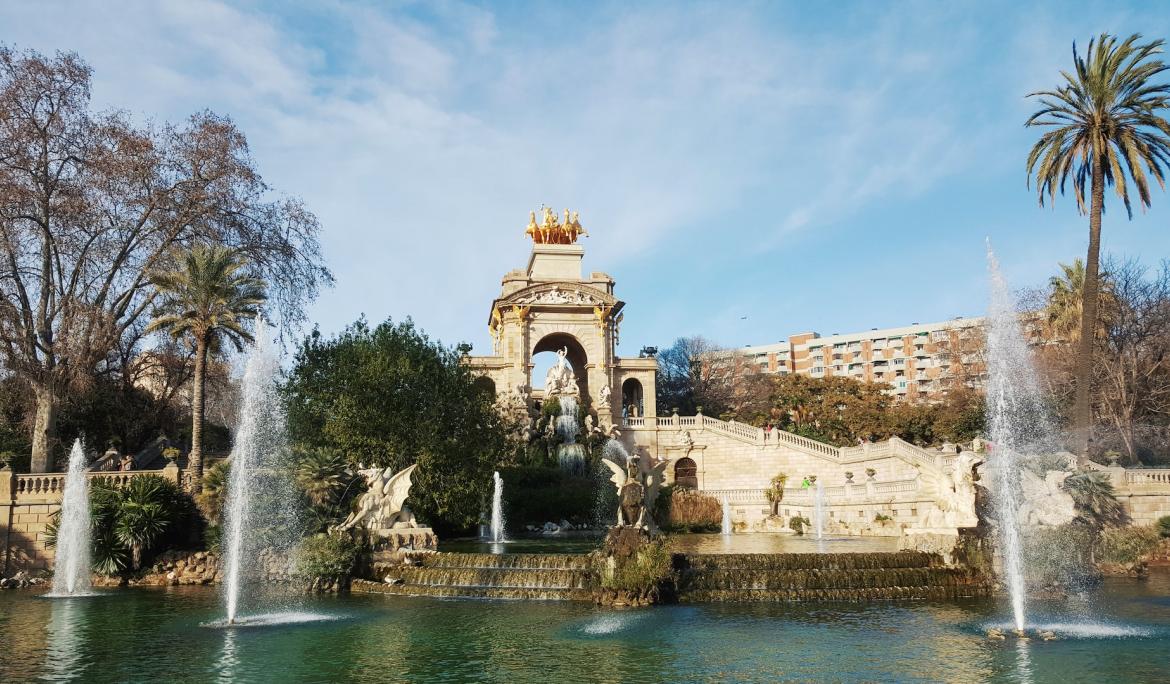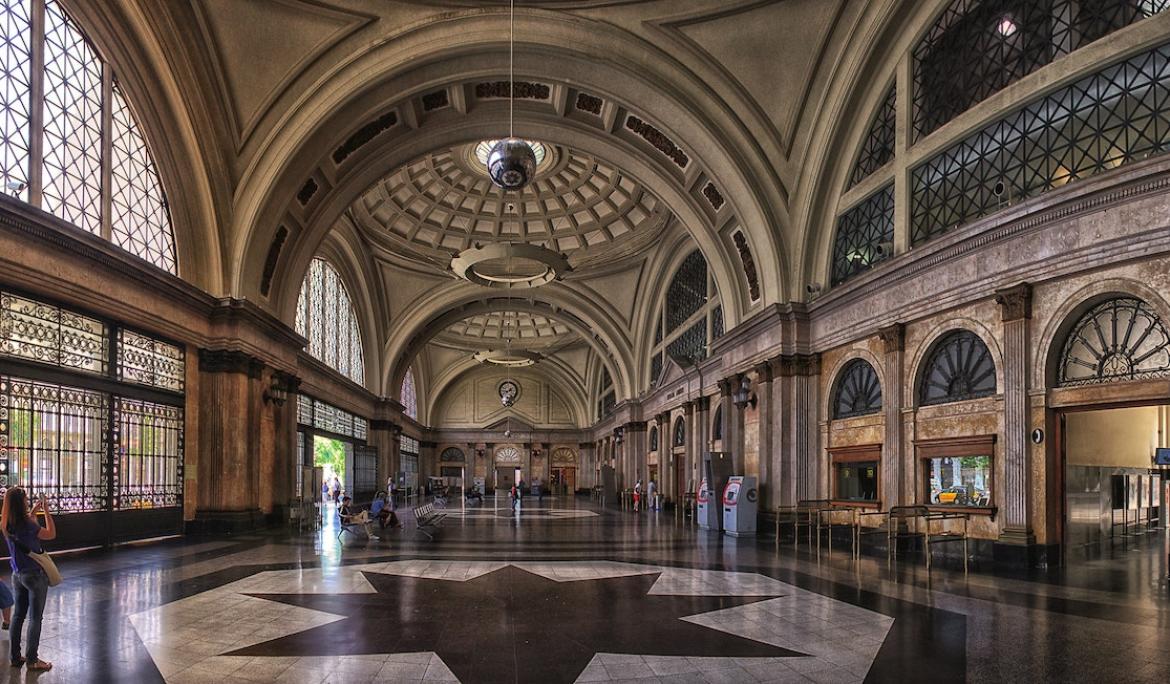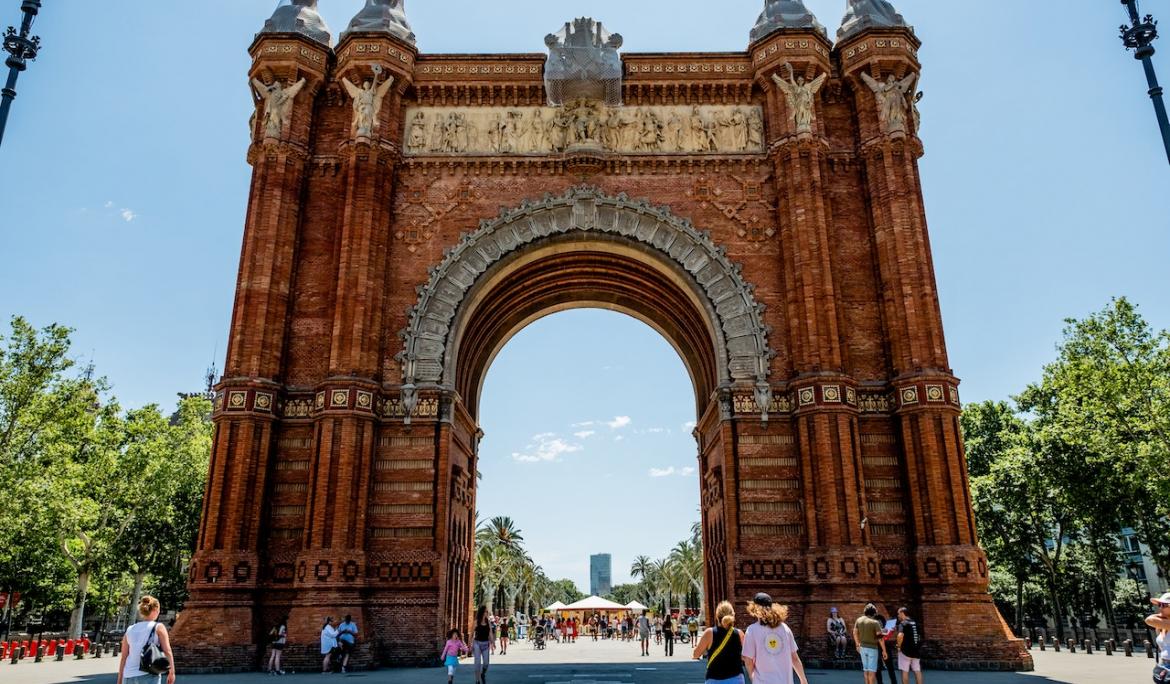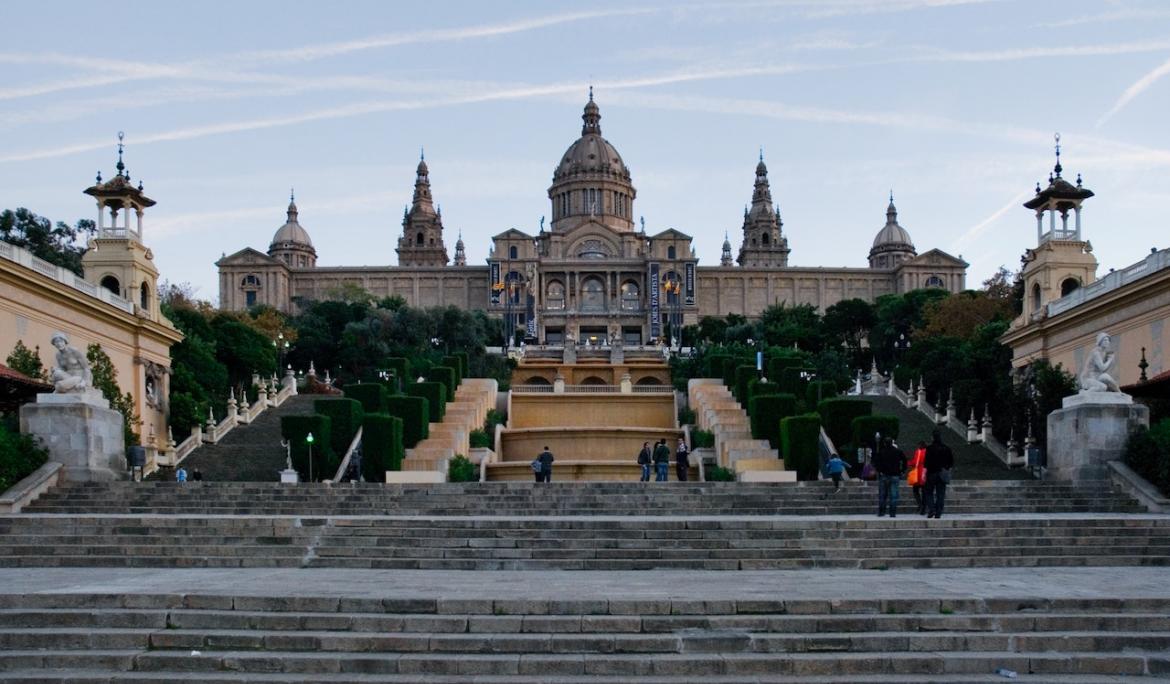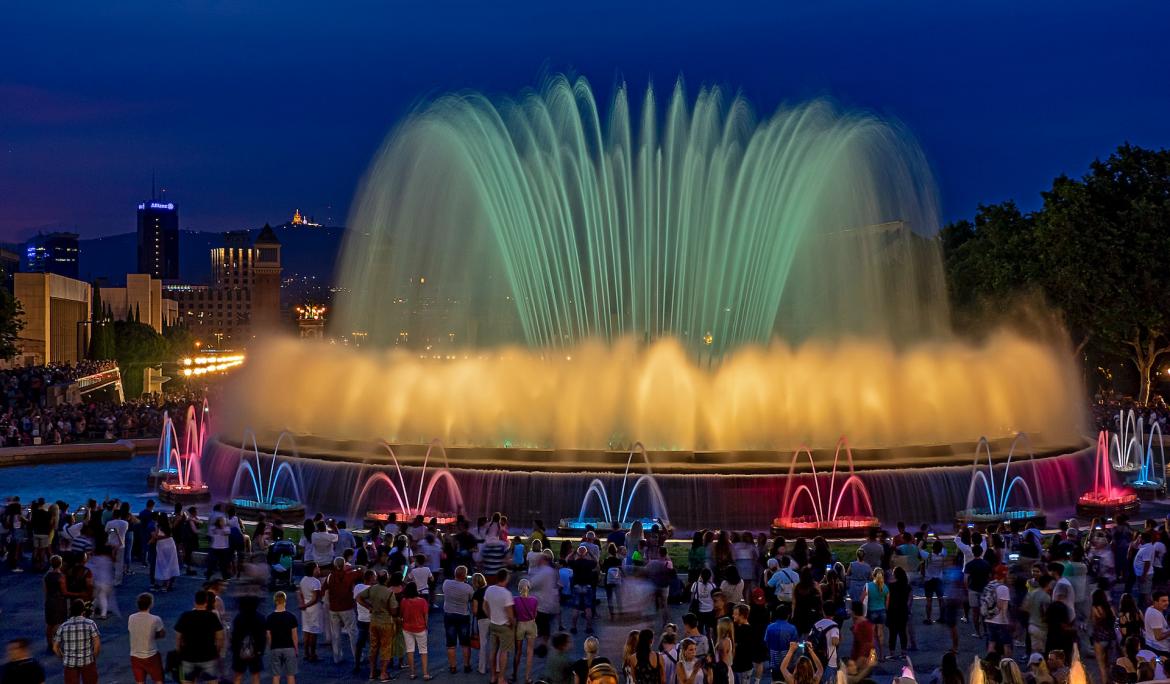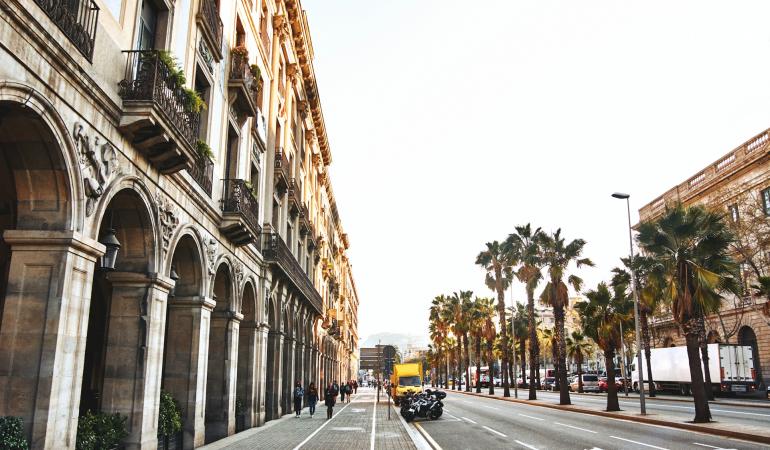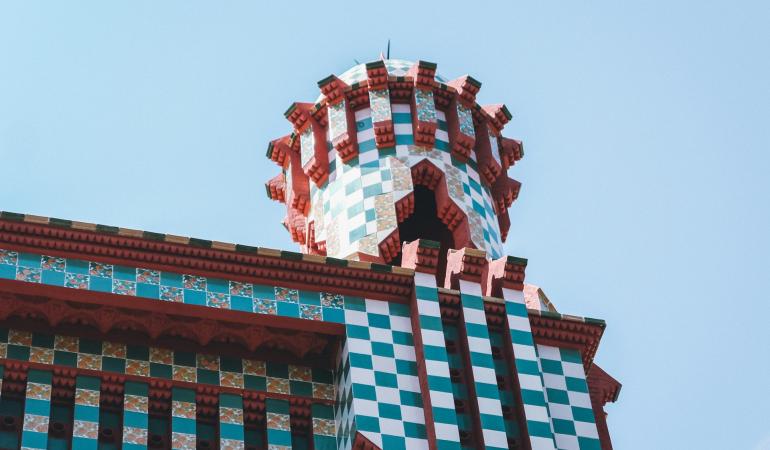Throughout Barcelona's history, the two events that should be highlighted and made the city a European referent: the 1888 Universal Exposition and years after, in 1929, Barcelona International Exposition. Find out what they meant for Barcelona and its people and what is left today. Don't miss it, Hola Barcelona takes you!
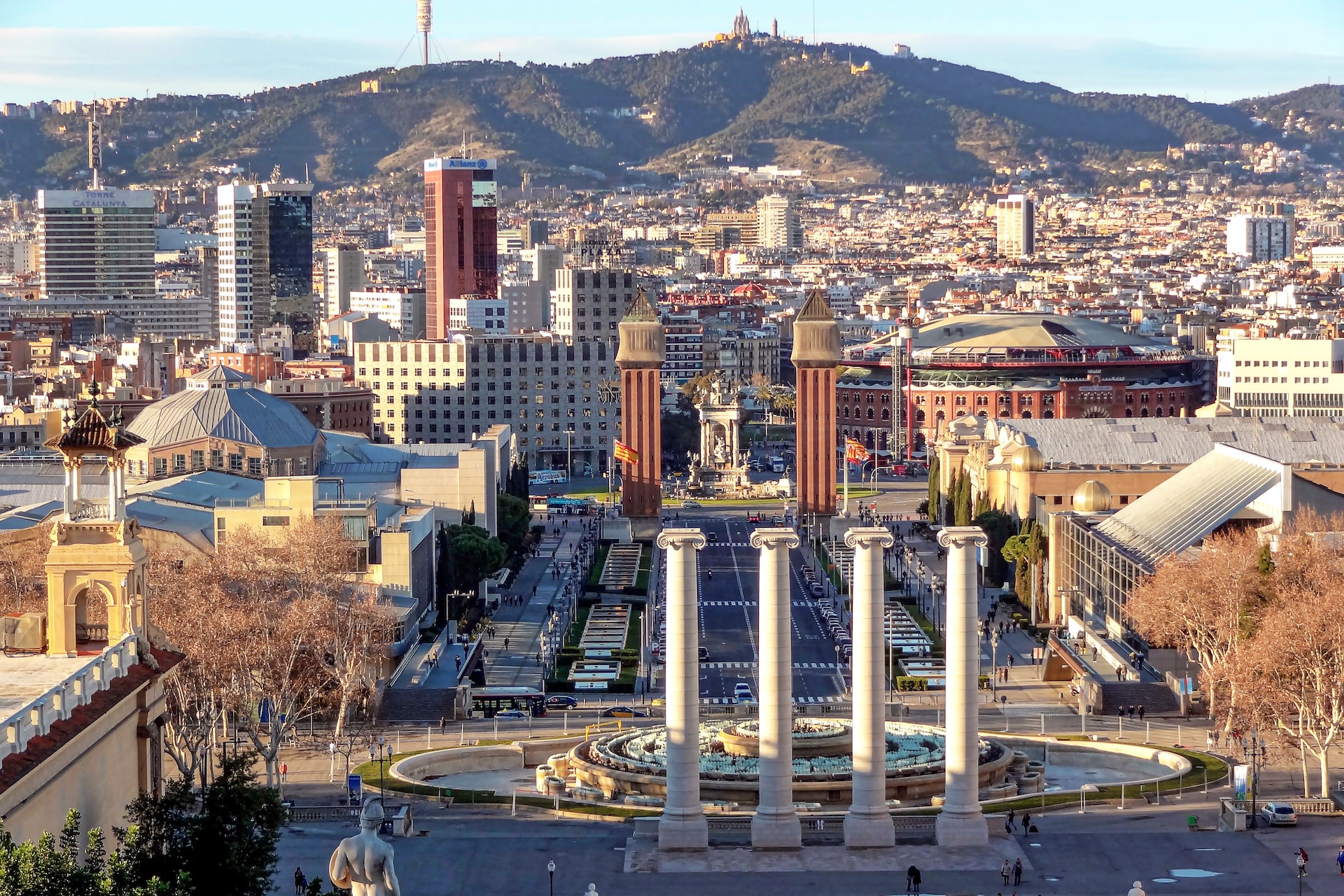
1888 Barcelona Universal Exposition
The 1888 Barcelona Universal Exposition meant an evolution of Catalan society and the impetus of Catalan modernism, as well as the design of the city we know today.
At that time, Catalonia was bstarting to see the future with good eyes and this event was a turning point for progress towards the 20th century. Holding this Exhibition was a way to show technological advances, economic and industrial potential. In short, a great opportunity for development and international prestige, something that Barcelona did not let slip.
The 1888 Barcelona Universal Exposition took place in an area of 380,000 square meters, where the Arc de Triomf was the entrance. The enclosure extended through the Parc de la Ciutadella, the Zoo and part of the current Estació de França.
Although the activities of the Exposition were carried out within the grounds, it also resulted in a general improvement of the city. Old works were finished and other infrastructures were started that gave the city an image of modernity. Some novelties from the impact of the Exhibition were:
- Urbanization of Parc de la Ciutadella, becoming the largest park in the city.
- Urbanization of the Front Marítim, construction of passeig de Colom and a new pier at the current Moll de la Fusta.
- Construction of the Columbus Monument.
- Construction of the Palau de Belles Arts, where the Palau de Justícia currently is.
- Electrification of the first streets of Barcelona (La Rambla, Passeig de Colom, Plaça de Sant Jaume, etc.).
1929 Barcelona International Exposition
Following the good memories of the first Exhibition, a new one was planned to show the new technological advances and enhance, even more, the image of the Catalan industry abroad.
The International Exhibition meant an important urban development for the city of Barcelona and, in addition, it was the moment when noucentism was consolidated, replacing the modernism present during the previous years.
The event was held on the mountain of Montjuïc, in an area of 118 hectares, where palaces and pavilions were built. It started at plaça d'Espanya, passing through avinguda d'Amèrica (currently avinguda de la Reina Maria Cristina), to the foot of the mountain, where the Magic Fountain of Montjuïc was built. From there, a staircase led to the Palau Nacional, the most emblematic work of the Exhibition. In addition, on each side of the avenue there were the main buildings (Palau del Vestit, Palau de Comunicacions i Transports and Palau de la Metal·lúrgia, Electricitat i Força Matriu).
Apart from the obvious remodeling of the Montjuïc area and the areas close to plaça d'Espanya, the International Exposition also helped improving other emblematic locations in the city, such as plaça de Tetuán, Urquinaona and Letamendi. In this context, plaça de Catalunya was also urbanized and Avinguda Diagonal was extended to the west and Gran Via de les Corts Catalanes to the southeast. Likewise, the Ajuntament and Generalitat buildings were remodeled and the city's communications were improved (El Prat airport, FGC, electrification of the trams and extension of metro line 1 to Sants).
The legacy of the first major events that Barcelona has organized
The Universal Exposition went down in history as a development model that the city has subsequently replicated with the organization of other international events, such as the 1929 Barcelona International Exposition, the Barcelona Olympic Games of 1992 and the Universal Forum of Cultures of 2004, among others.
These great events have meant a before and an after for the city: on the one hand, urban improvements and modernization, and on the other, the construction of emblematic locations without which, Barcelona would not be what it is today.
Remember that you can visit the buildings of the Universal Exposition and the International Exposition and learn more about the history of the city! Don't miss it, Hola Barcelona takes you!
